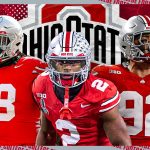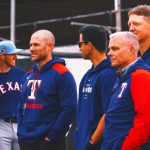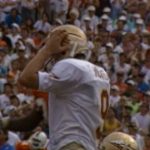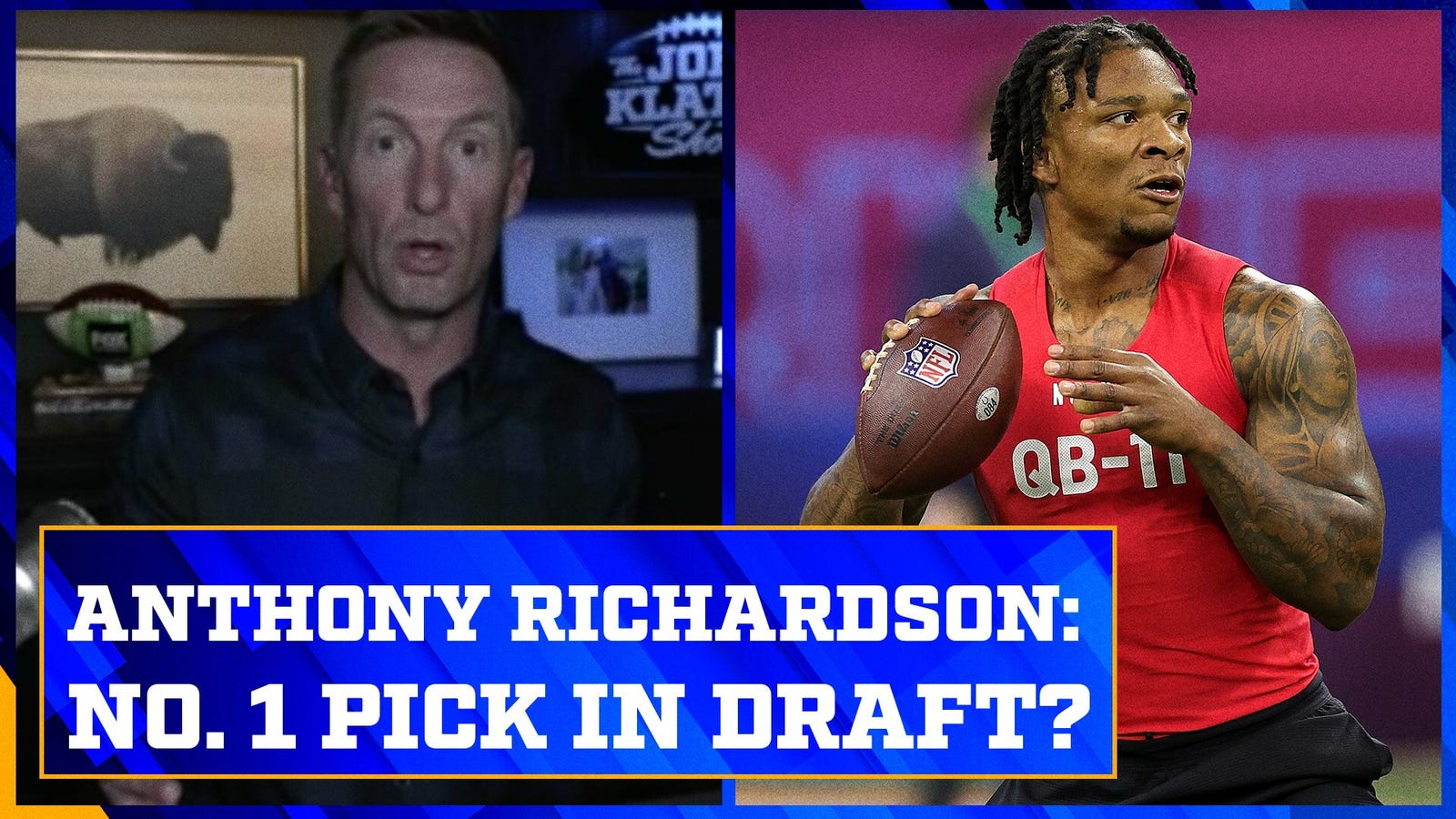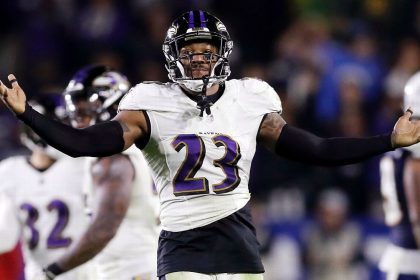With three NFL head coaches and countless scouts looking on, Anthony Richardson took a snap on a Thursday morning in Gainesville, Florida, delivered a play-action fake and rolled to his left, completing a pass downfield on the sideline.
It was just one throw in a 25-minute session, but it shows the careful detail that goes into a pro-day throwing routine for a top NFL prospect.
The tall man in the gray ball cap and black hoodie, guiding him through a crucial day in his pre-draft process, was Will Hewlett, part of a large group of coaches and trainers tasked with preparing Richardson for the showcases that can help solidify his standing as a high first-round draft pick.
There would be private visits with NFL teams in the weeks to follow, but for Richardson, this was a culmination of three months of hard work, a final chance to address any concerns that teams and coaches might have about his promising future. And for Hewlett, it was the last step in his role of shaping an NFL Draft success story.
“He’s a super-talented young man, and there was a level of rawness to what he does,” Hewlett said of the Florida quarterback. “But his ability to take instruction and improve at a pretty rapid rate was, I don’t want to say remarkable, because there wasn’t as many things as people think we needed to fix, but he was able to implement coaching quickly and effectively and really do a good job managing that.”
Hewlett, 43, has taken an unusual path to becoming a quarterback guru. Born in Australia — his accent has all but disappeared — he came to the United States and didn’t take up football until he was 16, embracing the sport with stints in college at Nevada and Dubuque before playing briefly in the Arena Football League. Richardson had been working since his sophomore year in high school with another Jacksonville-based quarterbacks coach, Denny Thompson, who runs a player development program called Six Points.
For Richardson’s draft prep, those two coaches worked with Tork Sports Performance, which has a 3,500-square-foot training facility in St. Augustine.
ADVERTISEMENT
Because Richardson opted out of Florida’s bowl game, his final college game was in November, so he was able to sign with agents Deiric Jackson and Mel Bratton in the first week of December, setting up a three-month draft prep program that would begin the day after Christmas and run fully through March 30. Even now in the final weeks before the draft, they’re still consulting on his workout schedule between private visits with teams.
Hewlett has made his way up the NFL quarterback draft-prep ranks in the past four years, working with Washington State‘s Anthony Gordon, Michigan State‘s Brian Lewerke and Mississippi State‘s Tommy Stevens in 2020, then Notre Dame‘s Ian Book, a fourth-round pick of the Saints, in 2021.
In 2022, Hewlett and his associates worked with Iowa State‘s Brock Purdy, who would be the last pick of the draft, only to become a surprise rookie star for the 49ers, going 5-0 as a starter and throwing 13 touchdowns after Jimmy Garoppolo and Trey Lance were lost to injuries.
“He had a considerable performance increase from his final game to the combine and his pro day, so that turned a lot of heads and put our group on the map in terms of what we delivered,” Hewlett said.
Richardson, like many draft prospects, went through a training program designed to have him peak physically for two days: the NFL Scouting Combine in early March, and Florida‘s Pro Day, set for March 30. He stole the show with a strong showing in Indianapolis at the combine, weighing in at 6-foot-4 and 244 pounds, running the 40-yard dash in a blistering 4.43 seconds and setting a quarterback record with a 40.5-inch vertical leap.
Anthony Richardson’s record-breaking combine
Joel Klatt discusses players who helped their draft stock at the 2023 NFL Scouting Combine, especially Florida QB Anthony Richardson.
That meant he didn’t have to do much at his pro day, skipping most measurables but committing to a throwing session with receivers.
“I wanted to show that there isn’t really a scenario that’s going to prevent him from getting the ball to a certain part of the field,” Hewlett said. “It’s unreal. I think it’s important to remind and show people how truly special that arm is.”
A quarterback’s draft stock is built upon his college career, but with just one season as a full-time starter at Florida, Richardson had a greater chance to help himself with a strong spring. His decision to leave the Gators was quickly validated, and in a short time he established himself as one of the top four quarterbacks in the draft, along with Ohio State‘s C.J. Stroud, Alabama‘s Bryce Young and Kentucky‘s Will Levis, all potential top-10 selections.
The quarterback draft-prep industry has some established leaders. Jordan Palmer, who played at UTEP and is the younger brother of Carson Palmer, has done this for 10 drafts, working with superstars such as Patrick Mahomes and Joe Burrow, and now Levis in this year’s draft class. Former NFL quarterback John Beck and his 3DQB staff have built much the same reputation, working with Stroud and Young in this cycle.
That makes Hewlett a relative newcomer, and given the chance to work with a top-tier prospect such as Richardson, he sought to use these three months to answer any questions or concerns about the 20-year-old quarterback. They worked together for four on-field throwing sessions each week for three months, Richardson also working extensively with strength and conditioning coaches, speed and performance specialists, along with trainers and nutritionists as well. Richardson’s agents trusted them to improve him as a whole, but there were specific things Hewlett wanted to work on, even using motion-capture technology as part of his development.

Hewlett and Richardson worked together for four on-field throwing sessions each week for three months, preparing the prospect to be at his best for the combine and Florida’s pro day. (Photo by Valerie Voun Photography)
“We felt like there was a narrative out there about accuracy issues,” Hewlett said. “I think people’s definition of accuracy probably changed multiple times when they saw him throw at the combine and realized his throwing performance was as good if not better than everyone else there. Obviously, I’m biased because I work with him, but I think I’m objective enough to know and walk out of there feeling very confident after talking to NFL personnel and coaches.”
Richardson completed just 53.8% of his passes last season. After his combine showing, he didn’t need to throw at his pro day, but he’s competitive enough that he wanted to, so Hewlett and the other coaches put together a 45-play script, designed to show he can make all the throws an NFL quarterback is asked to make.
“It’s a dance recital,” Hewlett said, a choreographed sequence of long and short throws, from under center and in shotgun, with rollouts and bootlegs designed to show mobility in scrambling and throwing on the run. They had to adapt at the last minute, as one of the receivers scheduled to run routes for Richardson had to pull out in the final 24 hours, changing the cadence of the throws.
“There’s an element of playing to an athlete’s strengths and their confidence, what throws they enjoy throwing,” he said. “Everything we did that day was strategic.”
Hewlett counted three total misses, “including one that hit the ceiling.” Richardson is popular enough that his pro day was broadcast live on NFL Network, and he’s now projected by many draft experts to be among the top overall selections April 27, maybe even the No. 1 pick.
Hewlett and the other coaches continue to work with their draft prospects in the first offseason of their NFL careers, but life will settle down soon, with Hewlett returning to his wife and four children in St. Augustine. He’ll work as the quarterbacks coach at St. Augustine High, where one son, Locklan, is a quarterback and already a recruit in the Class of 2025.
Just weeks after the draft, Hewlett and the coaches will get to work on evaluating potential clients for the 2024 draft cycle, with their work with Richardson elevating them into the conversation for more of next year’s top prospects.
The investment for a draft prospect is rather small by comparison. Hewlett said an entire pre-draft package is typically around $40,000, though it can range based on how comprehensive it is. Now consider that the No. 6 pick in last year’s draft received a contract worth about $28 million, fully guaranteed.
Hewlett now works with the QB Collective, among a group of offensive minds that includes several NFL head coaches — Kyle Shanahan, Sean McVay, Matt LaFleur, Mike McDaniel, Kevin Stefanski, Kevin O’Connell — and has gone from training high school players to working with the very best NFL prospects. His own football career peaked with the Quad City Steamwheelers, and he worked briefly selling cars before figuring out that he didn’t have to leave football, even if his passing days were over.
“I realized I missed football, loved football,” he said. “I don’t have the NFL pedigree, I don’t have the bloodline, never reached my potential. I wanted to be an NFL quarterback, and it kind of worked out that I was just going to help produce them and help guys reach that goal. But the art of throwing and training has kind of been an obsession ever since, and here we are.”
Greg Auman is FOX Sports’ NFC South reporter, covering the Buccaneers, Falcons, Panthers and Saints. He is in his 10th season covering the Bucs and the NFL full-time, having spent time at the Tampa Bay Times and The Athletic. You can follow him on Twitter at @gregauman.
Top Stories from FOX Sports:
NFL trending
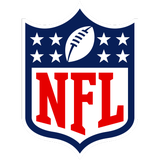
Get more from National Football League Follow your favorites to get information about games, news and more

